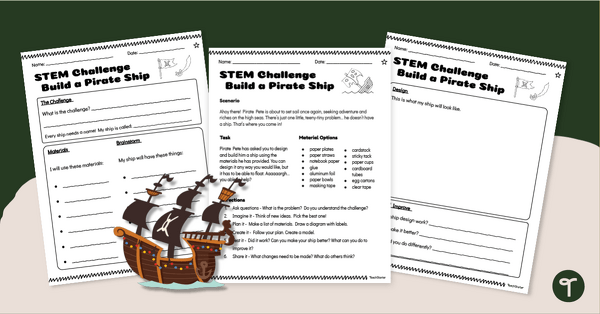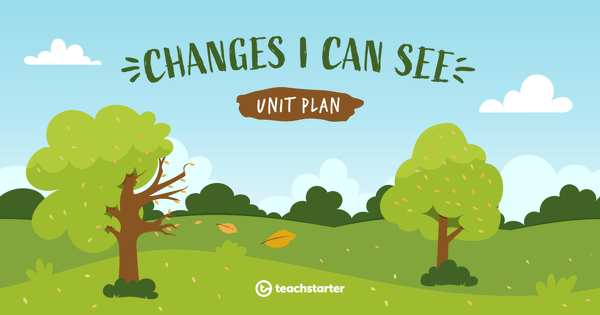S.1.2
The student analyzes and interprets data to derive meaning, identify features and patterns, and discover relationships or correlations to develop evidence-based arguments or evaluate designs.
The student is expected to:
- Plus Plan

Science Sparks - 1st Grade Science Activities for Fast Finishers
Grow your students’ scientific understanding during classroom downtime with Science Sparks, a collection of 1st grade science activities for fast finishers.
- Plus Plan

Christmas Science Experiments
Perform Christmas Science Experiments and teach your students about the scientific method with a set of two printable Christmas Science activities.
- Free Plan

The Scientific Method Poster - Lower Grades
Teach the five steps of the scientific method to younger students with a Scientific Method Poster.
- Plus Plan

Making a Prediction in Science Worksheets (Differentiated)
Introduce your students to making predictions in science with a set of differentiated Scientific Prediction Worksheets.
- Plus Plan

Build a Pirate Ship - STEM Design Challenge (1-2)
Challenge your first and second graders to build a pirate ship with a STEM design challenge.
- Free Plan

Changes I Can See - Worksheet
A worksheet that explores changes to observable features of the environment.
- Plus Plan

Science Experiment - Will It Change?
A science investigation in which the students observe changes that occur to various objects over time.
- Plus Plan

Changes I Can See!
This Earth and Space Sciences unit explores how and why observable changes occur in the sky and landscape, and develops students' ability to describe these changes in their local environment.
- Plus Plan

Assessment - Changes I Can See
- Plus Plan

What Will Change?
- Plus Plan

Do You See What I See?
A 60-minute lesson in which students will make observations using their 5 senses.